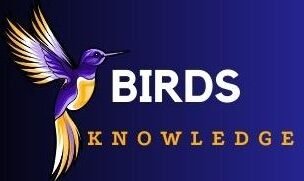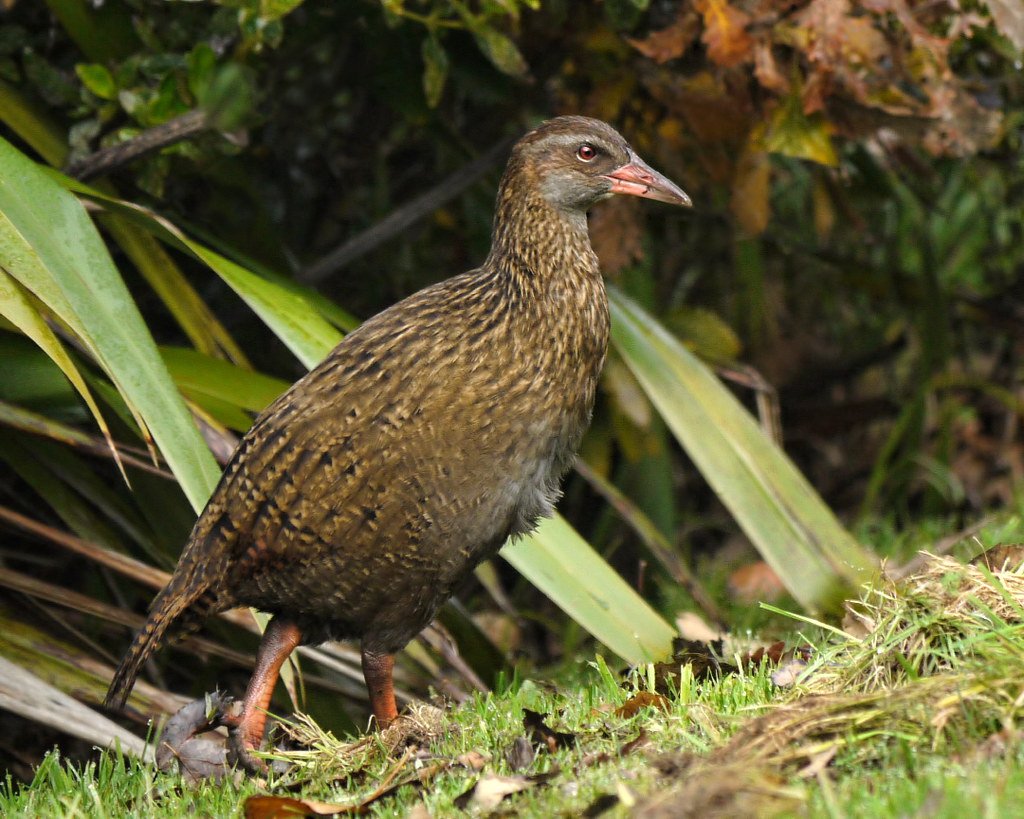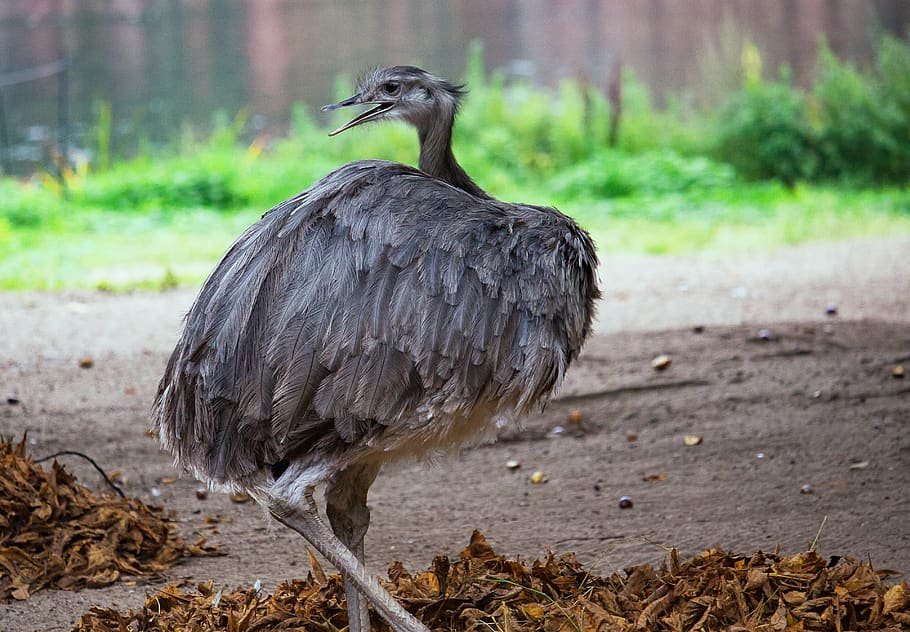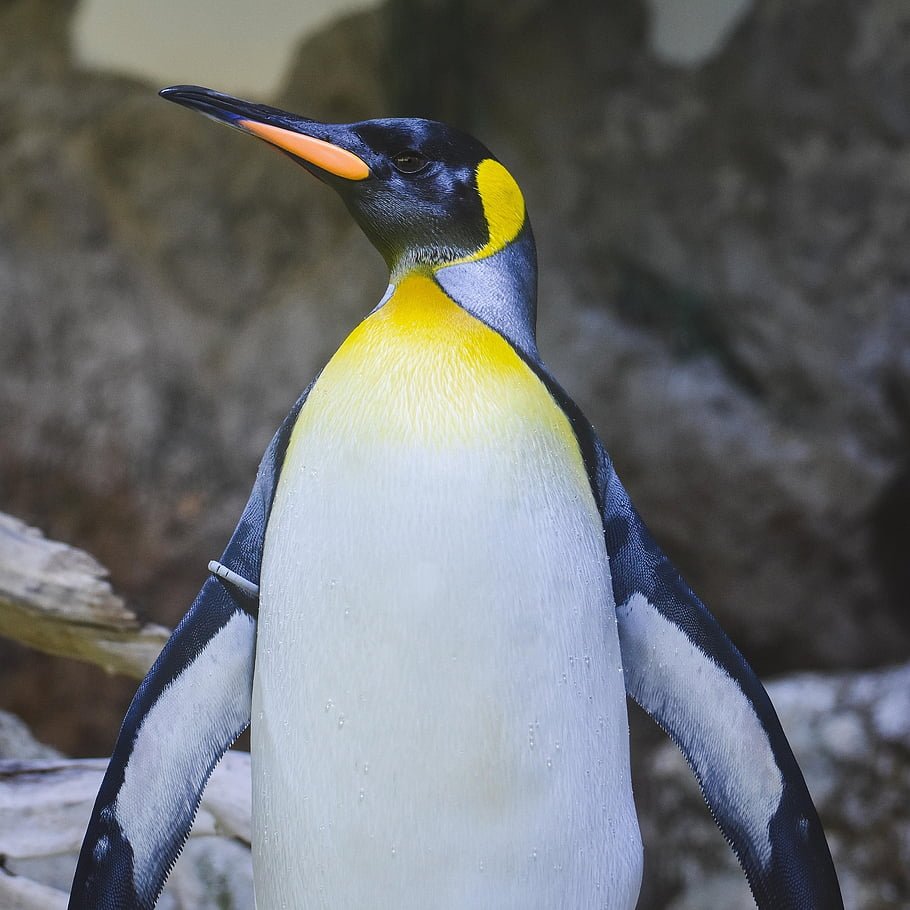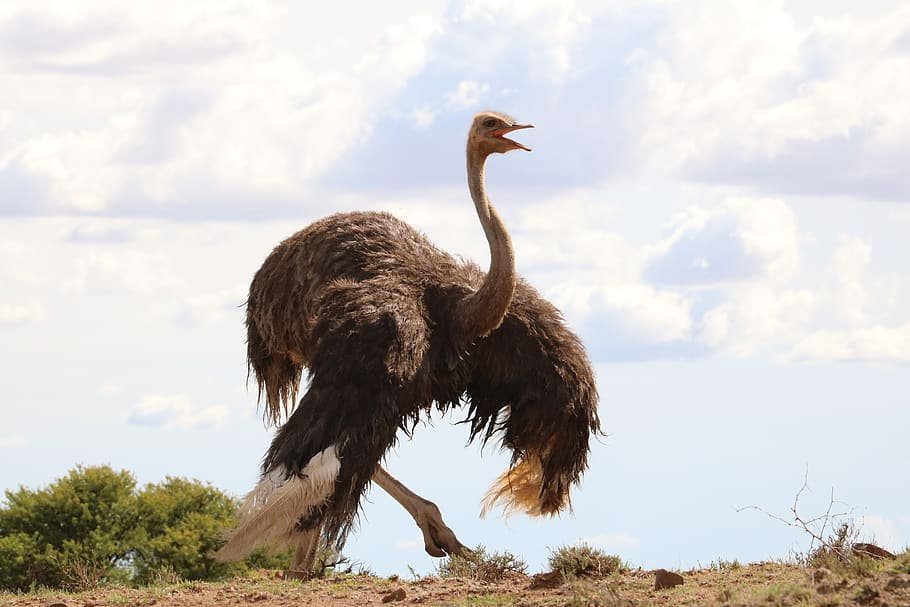When most people think of birds, they picture creatures soaring through the sky. But did you know not all birds can fly? Some birds have evolved in ways that make flight unnecessary—or even impossible.
According to scientists, around 60 bird species, including ostriches, kiwis, and penguins, are flightless. That’s less than 1% of all known bird species. So, what causes these birds to lose their ability to fly?
🧬 Why Did Some Birds Stop Flying?
Researchers believe that birds originally evolved flight to:
- Escape predators
- Search for food
- Migrate long distances
But flying takes a lot of energy. In fact, birds use about 75% more daily energy than mammals of the same size.
🧠 Expert Insight
“If birds didn’t need to fly, they could use that energy to survive and reproduce better,” says Natalie Wright, a biologist at Kenyon College in Ohio.
🏝️ Island Life Made Flight Less Necessary
In a 2016 study published in the journal PNAS, researchers found that birds living on islands face fewer predators and have less competition for food.
As a result, flight becomes less critical—and birds gradually stop flying. Over generations, this leads to:
- Weaker or smaller wing muscles
- Shorter flight bones
- More energy-efficient bodies built for walking or swimming
💪 How Flightless Birds Evolve Physically
As birds lose their need to fly, their bodies begin to change:
- Flight muscles shrink
- Bones become denser and heavier
- Wings become shorter or less functional
In contrast, their legs grow stronger and longer, helping them walk or run effectively. This is evident in ostriches, which can’t fly but are excellent runners.
🐧 Penguins “Fly” Underwater
Some birds didn’t stop flying altogether—they simply adapted flight for swimming.
Penguins, for example, use their wings as flippers. Their flight muscles help them dive and swim with amazing agility.
🧠 Ornithologist Peter Ryan says:
“Penguins use their wings to fly underwater.”
A similar example is the now-extinct Great Auk, which also used wings to swim.
🪶 What Happens to Their Feathers?
Flightless birds also lose some feather features:
- They shed strong, stiff flight feathers
- Some, like kiwis and island rails, lose barbules, which are tiny hooks that hold feathers in shape
- Their feathers become softer, fluffier, and less aerodynamic
🧪 What Science Tells Us
A 2025 study in the journal Evolution (Oxford University Press) found that flightless birds first began adapting to ground movement—followed by shrinking feathers and muscles.
A 2020 study in Science Advances estimated that four times as many flightless bird species would exist today if not for human-driven extinctions.
Final Thoughts
Flightless birds may seem like exceptions in the bird world, but their evolution tells a powerful story about survival, environment, and energy efficiency.
Understanding why some birds can’t fly gives us fascinating insight into nature’s ability to adapt and thrive—even without wings.
